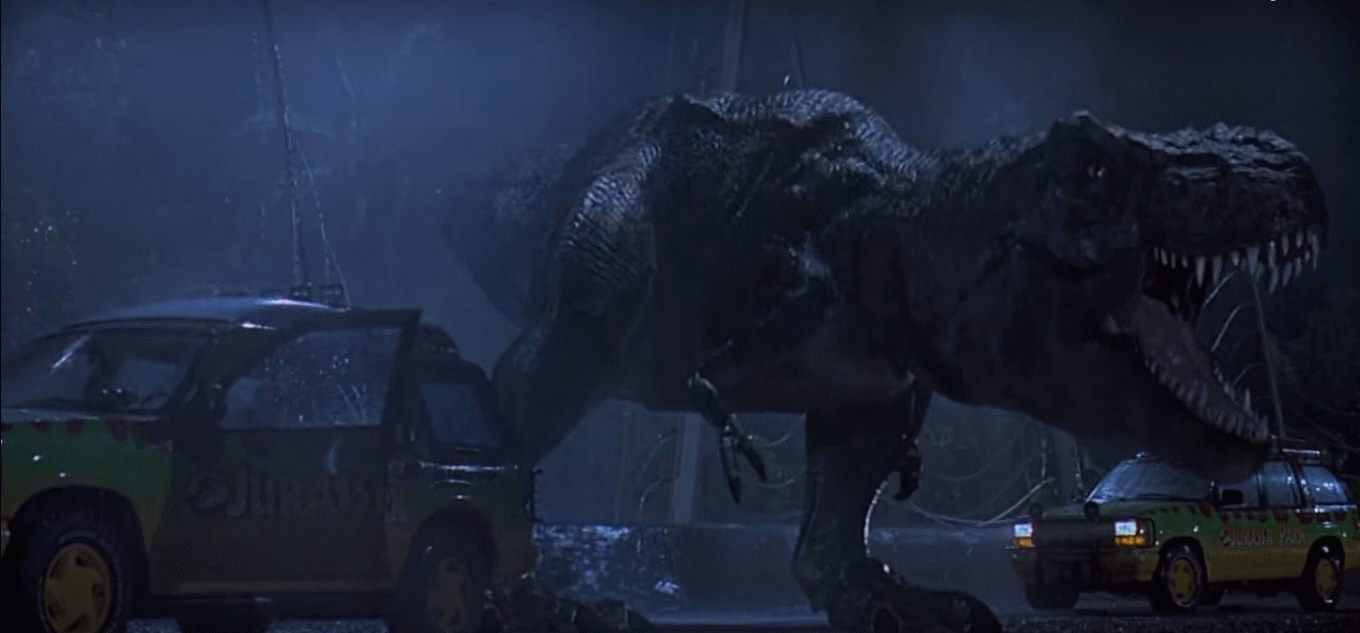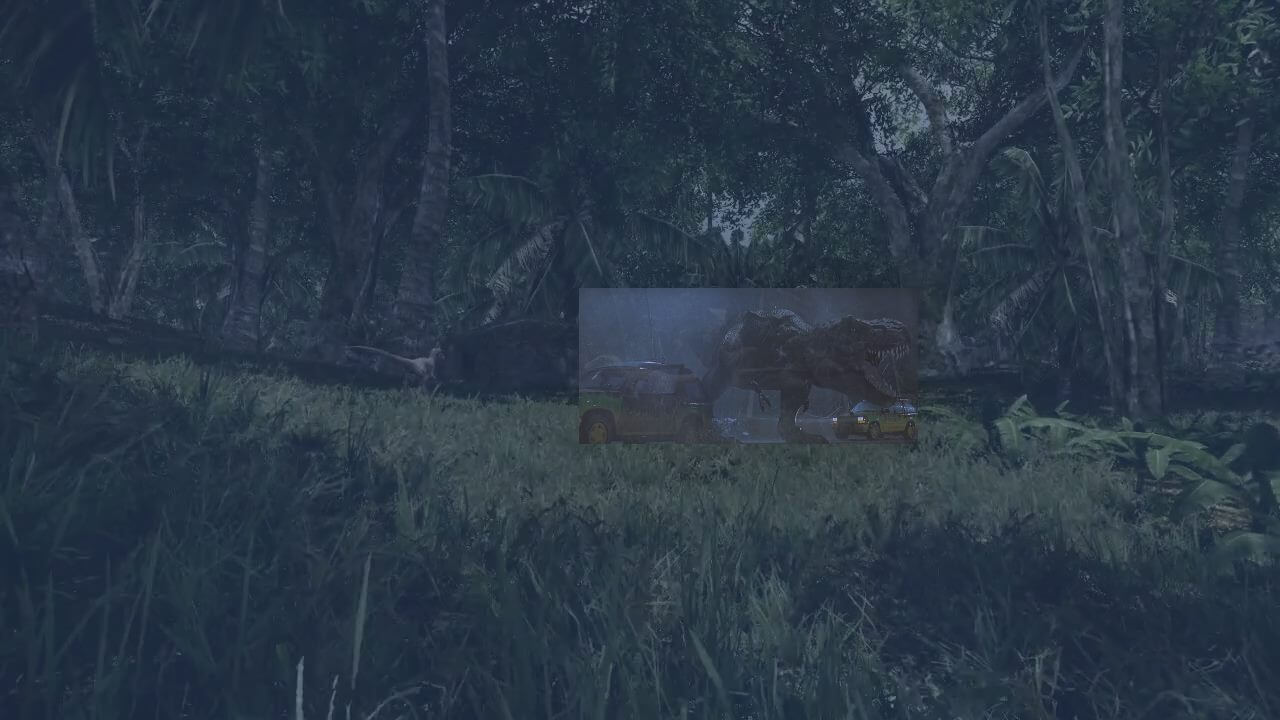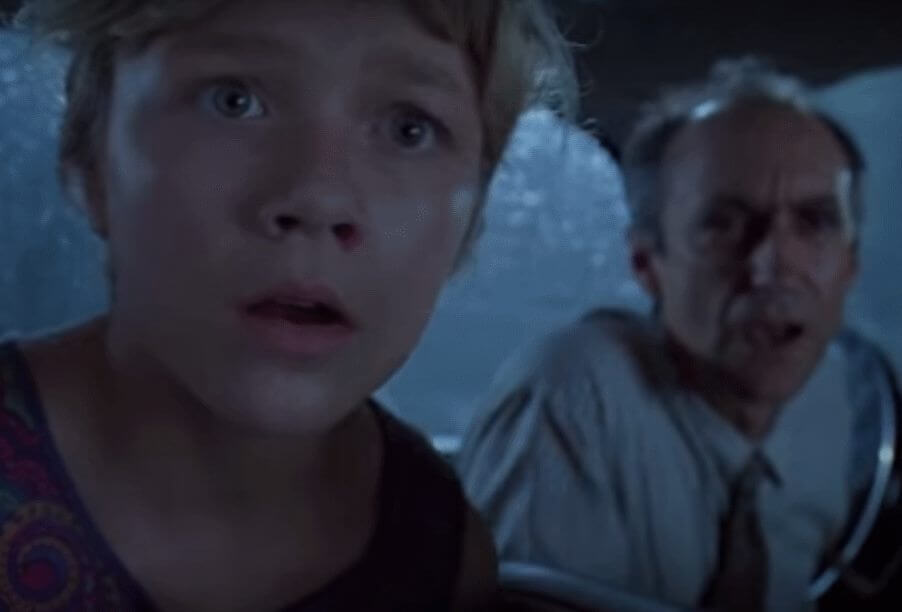 One of the things sure to disappoint your reader is a dramatic moment that, well, isn’t dramatic. By the time your reader reaches a dramatic moment in your book, he or she has invested in the novel: spent time reading; gotten attached to your characters; and anticipated the dramatic moment—at least if you’ve done your job of building it up by dropping clues and foreshadowing.
One of the things sure to disappoint your reader is a dramatic moment that, well, isn’t dramatic. By the time your reader reaches a dramatic moment in your book, he or she has invested in the novel: spent time reading; gotten attached to your characters; and anticipated the dramatic moment—at least if you’ve done your job of building it up by dropping clues and foreshadowing.
Your reader deserves a payoff and when you don’t deliver, it’s cause to dump your book.
Don’t make that mistake. Here are three ways you can make your dramatic moment work.
5 minutes versus 5 seconds
Think of one of the big moments from a popular movie. Say, Jurassic Park—the original movie. Remember the T. Rex scene with the attack on the cars? Of course you do. From the beginning of the movie, you knew you’d be seeing the T. Rex. You were anticipating seeing that big-ass dinosaur.
Imagine that we finally get to the scene with T. Rex. Our heroes are in danger. We hear the monster coming. And then, the T. Rex quickly stomps in, grabs the red-shirt in the scene, and stomps off with the man flailing in its mouth. 5 quick seconds and it’s gone.
You’d be disappointed. You’d be pissed. You don’t want a quick glimpse of old Rexy, you want to see that dinosaur terrorize these people—at length!
And that’s exactly what the real Jurassic Park delivers. It’s well over five minutes filled with tension and terror.
The more you’ve built up to a scene and whetted the reader’s appetite, the more important it is to give your dramatic scene plenty of time. The first meeting between your love interests, the planned murder, the long-anticipated sexual encounter, spend pages on them and don’t cheat your reader by only giving a few sentences.
Go in for the close-up
Let’s go back to Jurassic Park. You’ve finally gotten to that dramatic scene in the movie. And the filmmakers choose to show it from a distance. Instead of a close-up of the T. Rex and subsequent close-ups of the terrified faces of the victims, like this:
The filmmakers gave it all to you like this:
Excuse my poor photo editing skills, but you get the point. If the whole scene is depicted from a distance, you can’t really make out what’s happening or garner how the people are feeling. It wouldn’t have nearly the impact, would it? Who did Rexy pick up in its mouth? Was that blood spurting or just dino drool?
This is why, when you get to the dramatic scene, you go in for the close up. Several close-ups, actually. In
writing terms, that means that you describe the details. For a murder, you don’t just say, “With one swift stroke, he sliced her neck.” and then move on.
No, you describe the killing in detail.
“He grabbed her hair and pulled her head back, exposing the pristine, white flesh of her neck. She tugged away, screaming, the sound piercing his ears. He grinned. He shifted his grip and grabbed her hair at the base of her skull, then snapped her head hard against the wall. It made a loud crack as it hit the stone. She groaned. He brought the point of the knife to her neck and she froze, her eyes wide as quarters, shimmering and wet.
Sweat slicked her skin.
A warmth spread in his loins. He licked his lips and dragged the point of the knife lightly along her neck, back and up below the ear. A thin line followed the trace of the knifepoint, blooming red…“
The writing isn’t perfect, but you get the idea. I’m painting a vivid, up close picture. You see head, her eyes. You see him grin. You hear her head hit the wall. You watch the knife trace its path. And, as the reader, you get to savor every line and every moment of this delicious scene.
Give us the feels
This girl’s seeing the T. Rex. What’s she feeling?
It’s pretty obvious. And it should be for your readers, too. That’s why in the paragraphs above, I gave feelings. I didn’t name them, of course. But I alluded to them strongly through physical descriptions. You know from reading the descriptions that the girl is terrified and the man is aroused, enjoying her fear.
Your dramatic moments are meant to make us feel. That’s why they are so powerful and critical to your story. To make us feel, you have to show your characters feeling. Put us in their heads. Make us empathize with them. Use all the powers of showing and deep POV to get us right in there with them. And make sure you sprinkle plenty of feelings in with your descriptions of the action. Really, suck every bit of emotion out of your reader for maximum impact.
There you go. Three tips for delivering on your story’s dramatic moments. Go in close and describe the details. Take your time and give us our money’s worth. Show us how the characters are feeling during all this drama.
Have you got more tips? Tell me about them.
(Disappointed reader image at the top of this post courtesy of Joe Penna. Copyright and licensed by Joe Penna. See https://www.flickr.com/photos/pennajoe/2539202649)


